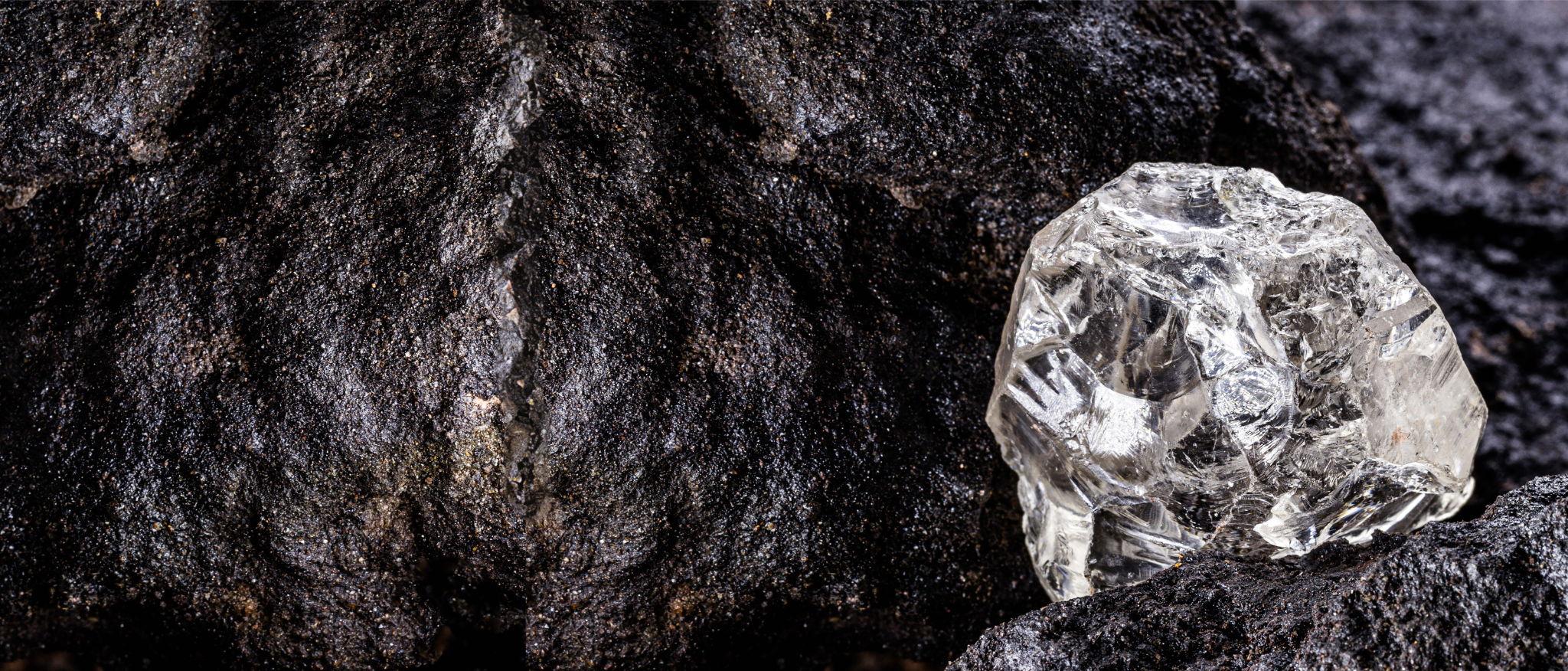
Natural Diamonds
Natural diamonds are diamonds that are naturally made in the earth over 1 to 3 billion years. Natural diamonds start their lives as carbon dioxide and over time with extensive pressure and heat they will naturally modify to a solid stone. The stones are pushed to the surface by volcanic eruptions and put them within our reach through mining.
Collapsible content
What are natural diamonds?
Natural diamonds are diamonds that are naturally made in the earth over 1 to 3 billion years. Natural diamonds start their lives as carbon dioxide and over time with extensive pressure and heat they will naturally modify to a solid stone. The stones are pushed to the surface by volcanic eruptions and put them within our reach through mining.
What is the difference between a Natural diamond and a lab grown diamond?
A natural diamond is formed in the Earth's mantle over millions of years through natural processes, while a lab-grown diamond is created in a laboratory using advanced technological processes.
Both have the same physical and chemical properties, but lab-grown diamonds are typically less expensive and have less impact on the environment than natural diamonds.
Are Natural Diamonds Worth More?
Natural diamonds, i.e. mined diamonds, are generally more expensive than laboratory-grown diamonds.
This is mainly because the price and availability of diamonds is controlled by a small group of people.
The production of natural diamonds involves more work and natural diamonds are more well-known than lab-grown diamonds, so they tend to cost more.
However, a lab-grown diamond is the same as a natural diamond, but lab-grown diamonds cost significantly less.
This is because the production process is more cost effective and it is a renewable resource.
How long does it take for a diamond to form?
It takes millions to billions of years for a diamond to form under high pressure and temperature conditions deep within the Earth's mantle. It’s impossible to know exactly how long it takes diamonds to form because the formation process isn’t continuous.
What Are Diamonds Made Out Of?
Diamonds are made out of carbon atoms that have been subjected to immense heat and pressure deep within the Earth's mantle.
How Are natural diamonds made?
Diamonds are formed deep within the Earth's mantle under intense heat and pressure. Here are the steps:
- Carbon-rich materials such as organic matter or minerals like graphite are subjected to high pressure and temperature about 100 miles beneath the Earth's surface.
- The carbon atoms rearrange themselves into a crystal structure, forming a diamond crystal.
- The diamond crystal grows over millions of years as magma and volcanic activity bring it closer to the Earth's surface.
- Finally, diamond deposits can be found in kimberlite pipes or alluvial deposits, where they can be mined and processed for use in jewelry and other applications.
